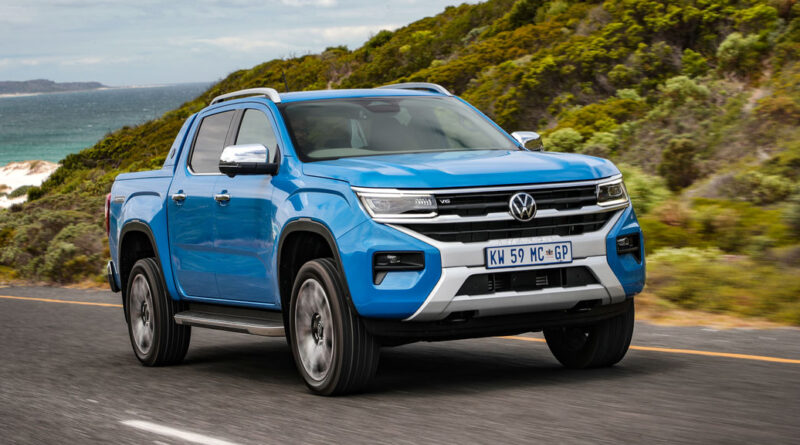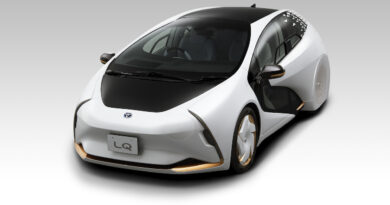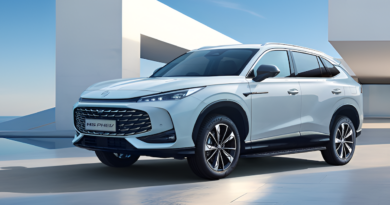Volkswagen Amarok PHEV coming as soon as 2025
If you can’t wait for the 2027 Volkswagen Amarok battery electric ute then maybe the petrol-electric version potentially due as soon as 2025 will do.
Revealed by Volkswagen Commercial Vehicle execs at last week’s Amarok dual-cab 4×4 ute global preview drive in South Africa, the PHEV is set to use a Ford powertrain in line with the collaboration under which the new VW ute was developed alongside the Ford Ranger.
The second-generation Amarok arrives in Australia from April with orthodox Ford turbo-diesel and turbo-petrol powertrains. It is underpinned by Ford’s third generation T6 ladder frame that is also employed by the Ranger, Everest SUV and the Bronco off-roader sold only in North America.
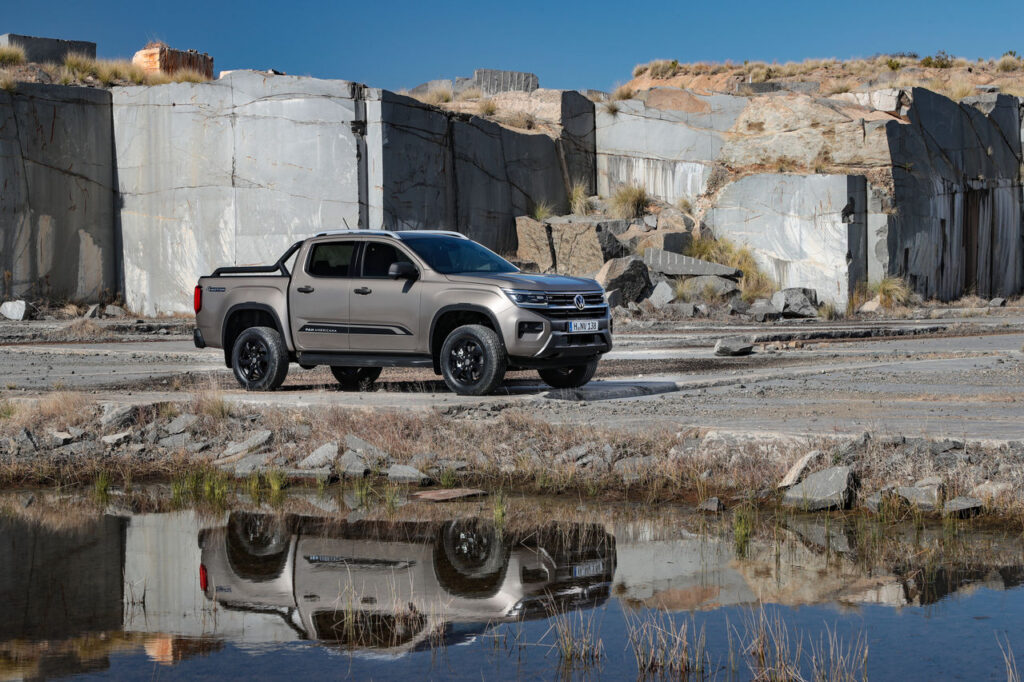
T6 is package protected for mild-hybrid, hybrid, plug-in hybrid and pure battery electrification, but Volkswagen has elected to jump the first two choices and go straight to PHEV and BEV.
Our rundown on the plans for an Amarok BEV and a spin-off SUV can be found here.
The original Amarok has been around since 2010 and is VW Group’s biggest selling model in Australia. It forecasts the new model’s sales to grow well beyond 10,000 per annum.
Going electric with the Amarok makes sense because VW is committed to a global electrification push. Its first BEV in Australia will be the ID.4 SUV, which will be on sale by the end of 2023.
The PHEV plans for Amarok were confirmed by VW Commercial Vehicles product manager Peter Sulc during a media roundtable.
He said the upcoming Euro 7 emissions legislation due no sooner than 2025 were shaping VW’s plans.
“The mild hybrid I don’t see as a possible based on this [Euro 7] draft but we have to wait what is the final version,” Sulc said.
“As of now what I see personally I see the way for the PHEV.”
Regulations also dictated the push toward petrol-electric rather than diesel-electric PHEV technology, Sulc added.
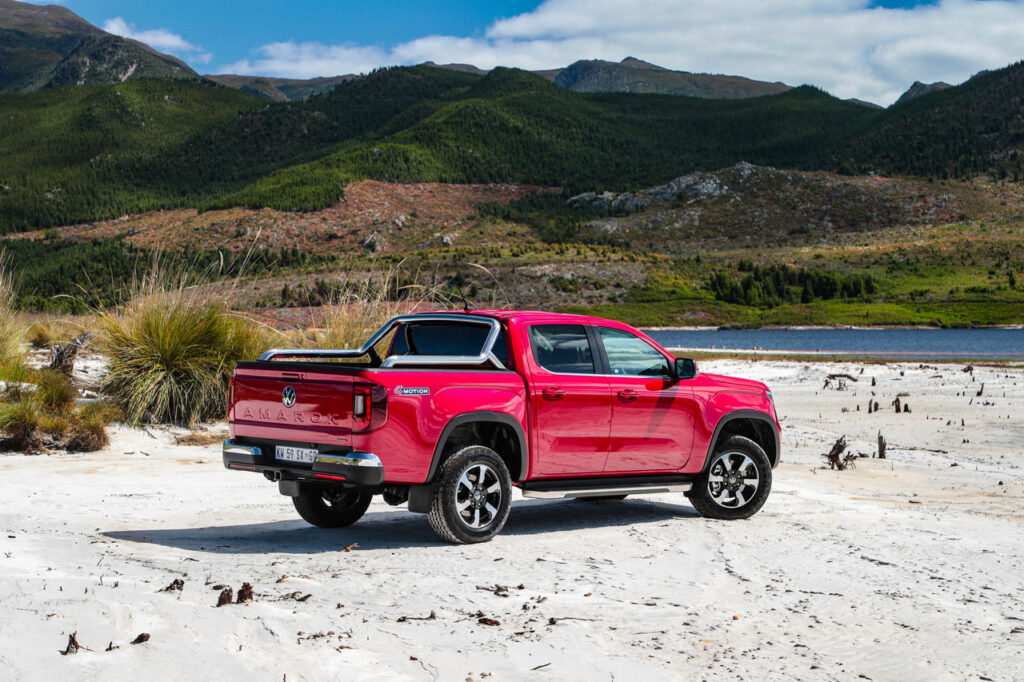
“The [emissions] requirements for diesel are much higher than for the petrol … Technically it is easier to bring PHEV for petrol engines.”
Sulc indicated it would be imperative a PHEV Amarok retained the full carrying and towing capacity of the orthodox ICE Amarok.
That could potentially mean the use of a smaller, lighter and smaller capacity high-voltage storage battery that would reduce emissions-free running.
“I personally see the solution in the lowering of the electrical range,” he said. “If you put less battery you will be capable to towing and keep payload.
“Again, it’s about the payoff of electrical range. In the VW we do have now 100km electrical. Technically I see the solution as the lowering of the electrical range.
“For the green guys they would be unsatisfied, because it’s not so much range … it is the kind of compromise. For the petrol guys – for me – it’s enough.”
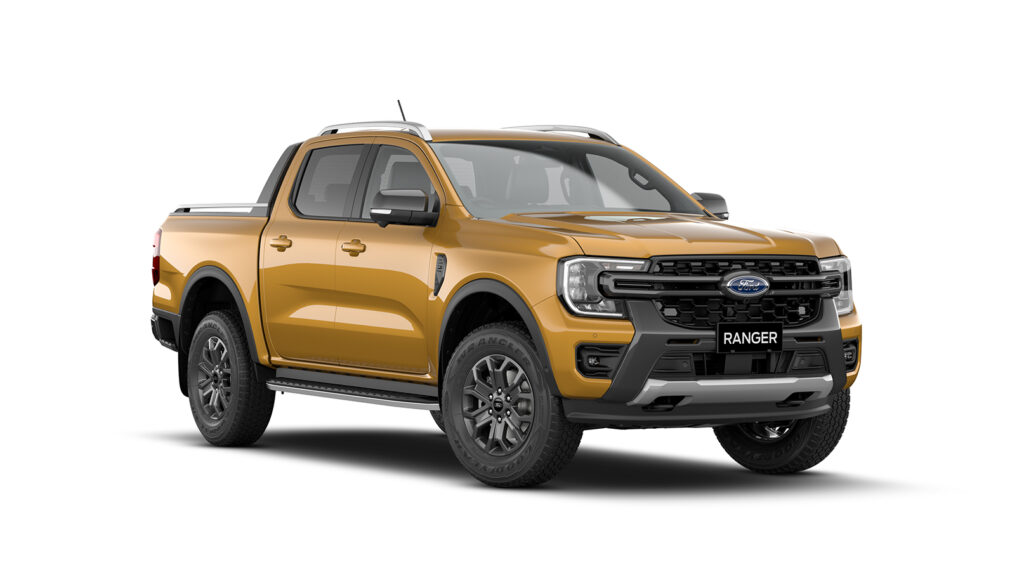
Ford has spoken of delivering a Ford Ranger PHEV in Europe as soon as 2024. Drivetrain speculation has centred around the use of the 2.3-litre turbo-petrol four-cylinder engine that is most commonly sighted in Australia in the Ford Mustang.
However, Volkswagen suggested the ICE it would use as part of an Amarok PHEV system would be of a smaller capacity.
The PHEV drivetrain will also be used in the US version of the Ranger and the top-spec version of the Amarok, the Aventura (pictured top), in Australia.

